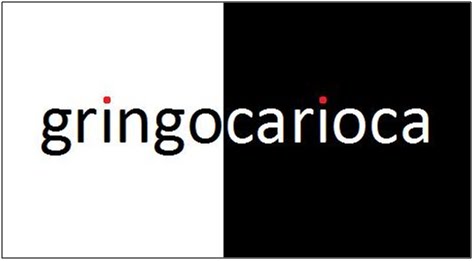The “I” (re)presents a presence as the (re)presentation of an absence. Being is (re)presented as being present being absent. The presence of absence (re)presents an identity of difference, a being different being identical to oneself . . .
Indifferent in difference or indifference, “I” is (not) a self contra other, a self contra itself. Itself a self in itself, the other is the selfless other self. Or in other words of another:
I “cannot be itself unless it stands against what is not” I; not-I “is needed to make” I I, “which means that” not-I “is in”
The “I” is thereby a con for a conartist self. Autopoiesis: auto (self) creation. You see, I see a self itself as being other than itself being itself. We see “I see” as a seeing itself unseen. While, meanwhile, the blind “I” (eye) sees a prism (prison) of colors. Unseen colors are seen. The “I” is bound beyond bounds beforeverafterwords, and free . . .
“I” is a vision. “I” is an illusion. “I” is illusivision . . .
“I” is the “I-con.”
(gringocarioca, “On I-con”)
.bmp)
No comments:
Post a Comment